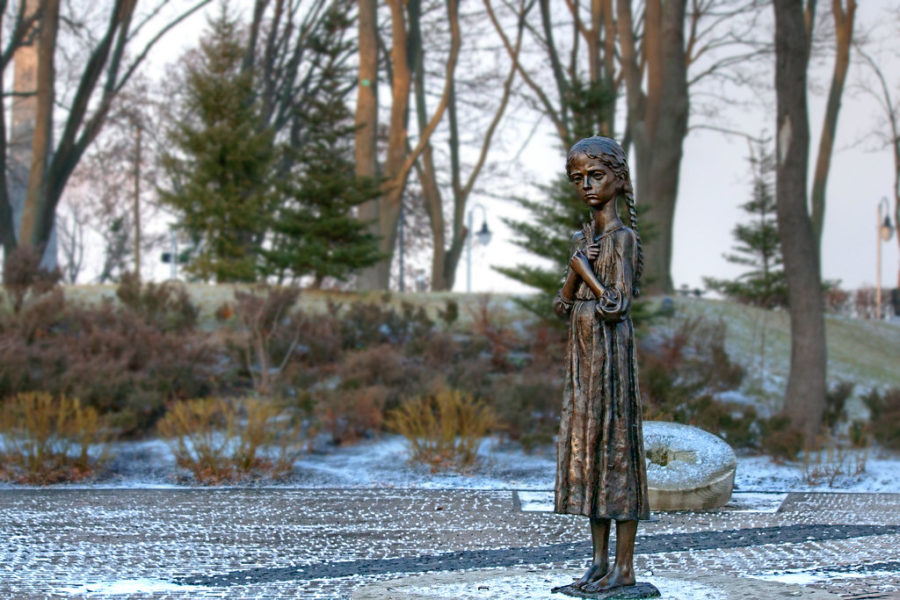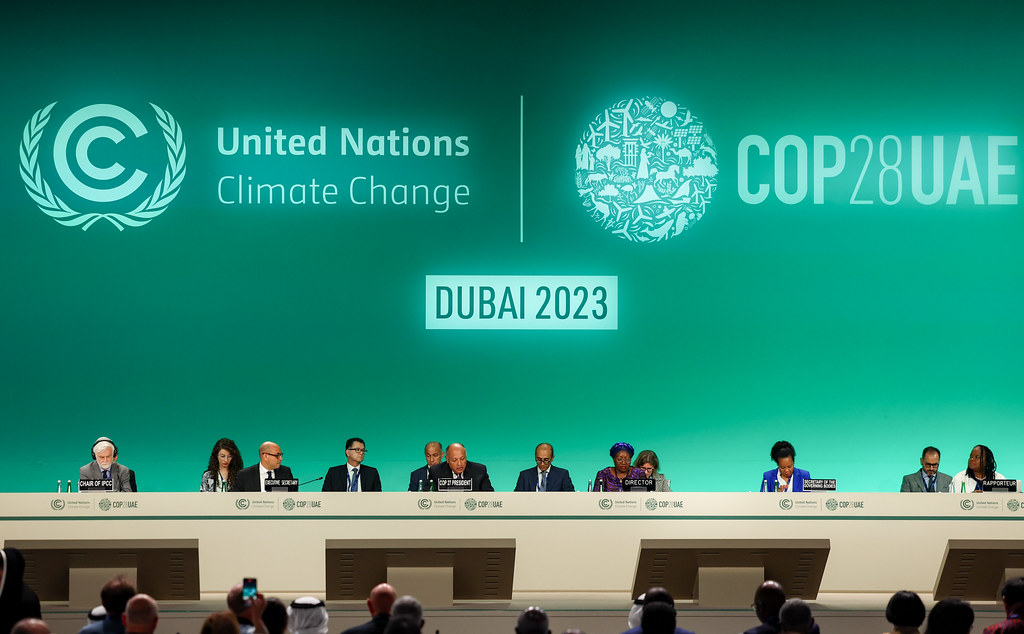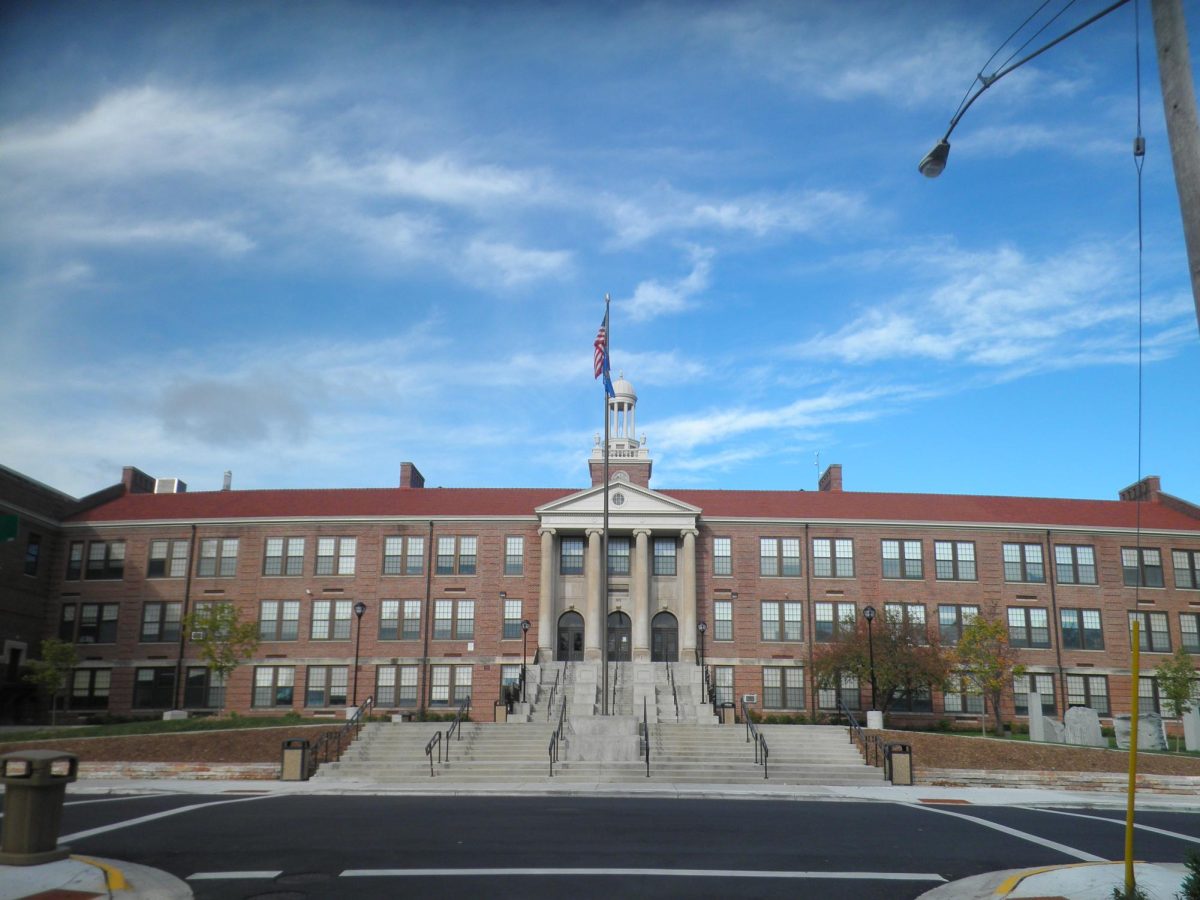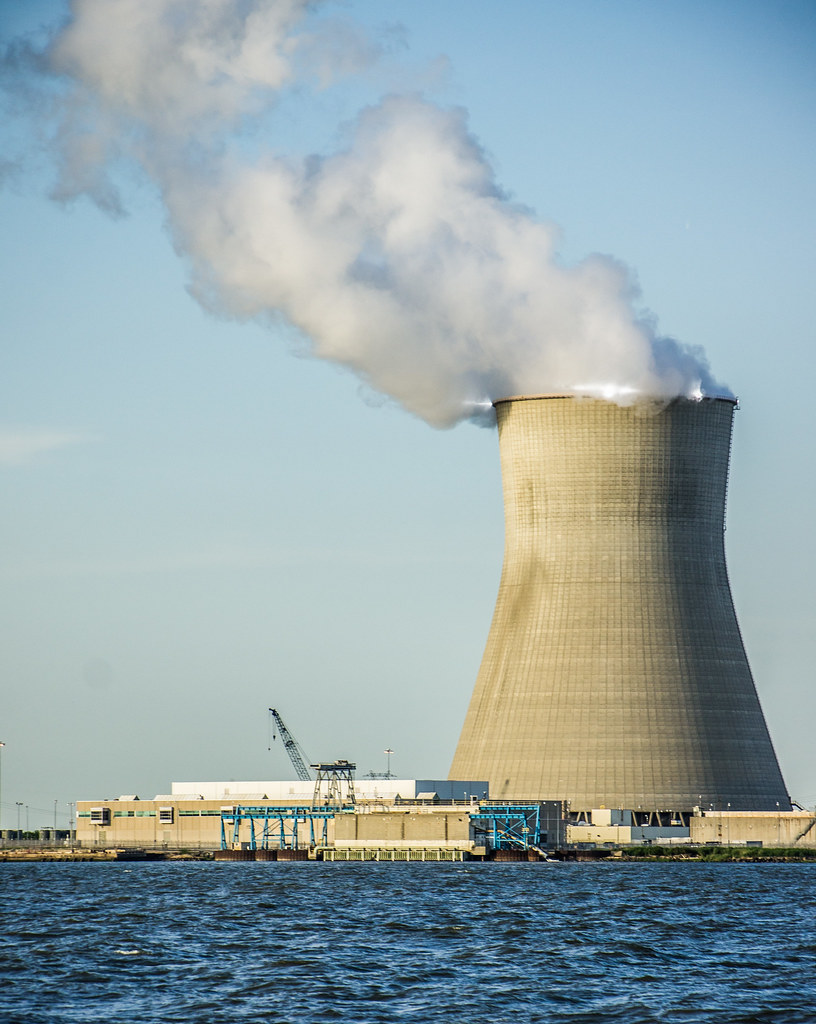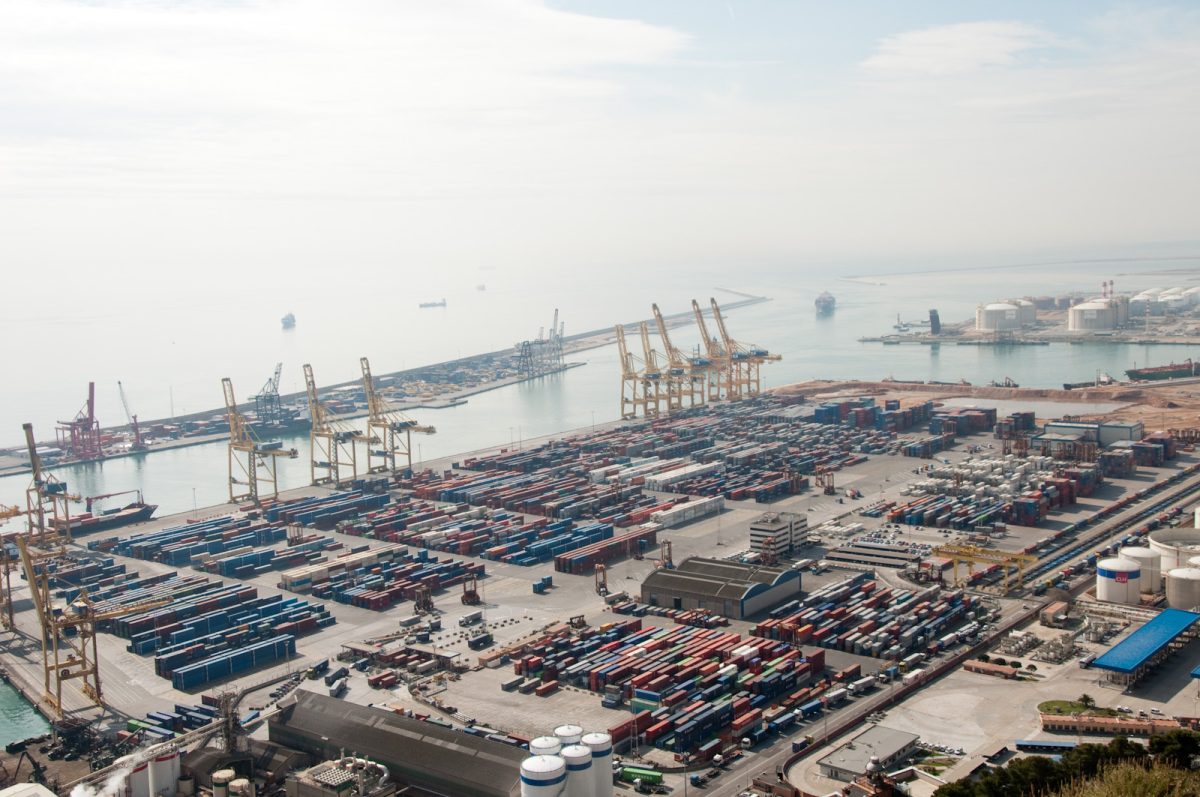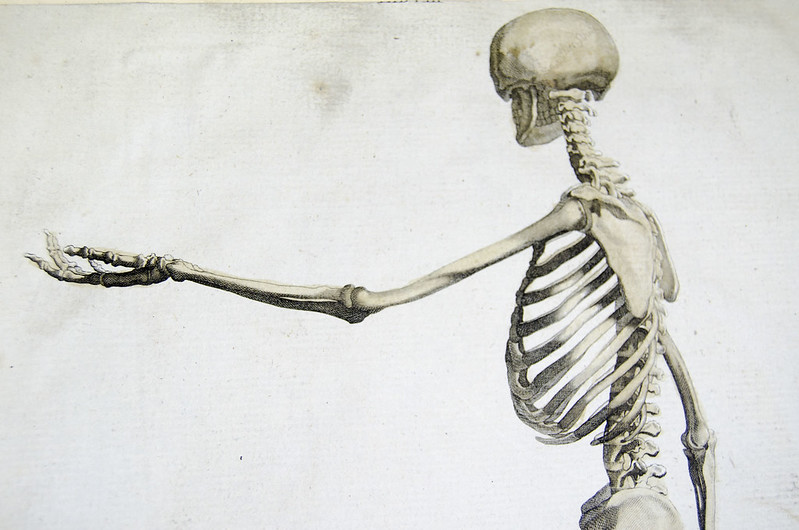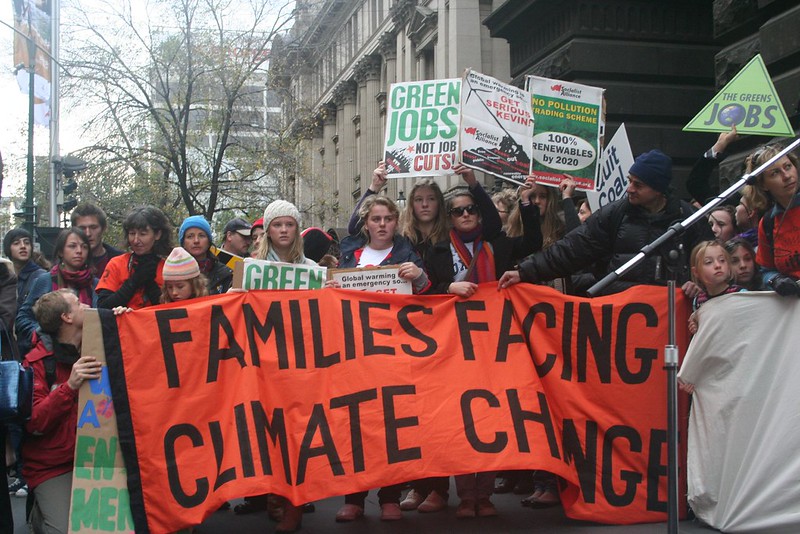Many people know of climate change, and of the debate surrounding it, whether it’s real, whether we should care. However, not as many know the extent to which climate change is affecting us. If we simply look at temperature changes, a difference of 1 degree Celsius (1.7 Fahrenheit) has been observed between 1880 and 2019. Predictions for 2050 say 1.5 degrees Celsius (2.7 Fahrenheit), and 2-4 degrees Celsius (3.6-7.2 Fahrenheit) by 2100. These changes may at first seem like minor issues, things we don’t need to be worried about, however, they can drastically change many things in our environment.
As temperatures rise, ice and snow melt, causing an increase in sea-levels. The U.S. coastline is predicted to rise 10-12 inches in the next 30 years, which will not only majorly reshape the amount of available land near the coast, but can also be very dangerous for specific areas, such as New Orleans, Louisiana, which is already below sea-level. The temperature change in the next 5-25 years is predicted to cause up to $12 billion a year in construction of power generation, $7.3 billion per year for hurricane costs, and more than $1 trillion in loss of coastal property by the end of the century.
However, rising sea levels are not the only thing that will change as ice melts. An increase in available water, alongside the increase in temperature, will lead to changes with precipitation, and can majorly affect weather patterns. While some areas near the coast or other bodies of water may gain precipitation, already dry areas will see an increase in droughts, as none of the water precipitates, or starts moving for other locations. Places already suffering from drought will have practically no access to water, which can lead to large swathes of land becoming inhospitable. This is not some far off future, but something that is already happening and will continue to happen throughout the world.
Change in precipitation will affect crop growth, making some plants easier to grow and others harder. Crops that are mass-produced as staples may become difficult to grow, leading to not only losses for farmers and stores, or even customers in costs, but also may lead to less healthy nutritional choices for people.
Changes in temperature also tend to affect urban areas more than everywhere else. This is due to urban areas containing materials and colors that absorb sunlight better, leading to the bleed off of heat from these objects to increase surrounding temperatures. Concrete is one of these materials, and given how important it is to cities, with roads and parking lots more than 20% of land in cities most of the time, this can lead to certain areas being anywhere from 5 to 13 degrees higher than non-urban areas. This causes an increase in costs not just for air conditioning, but also an increased risk of heatstroke.





















